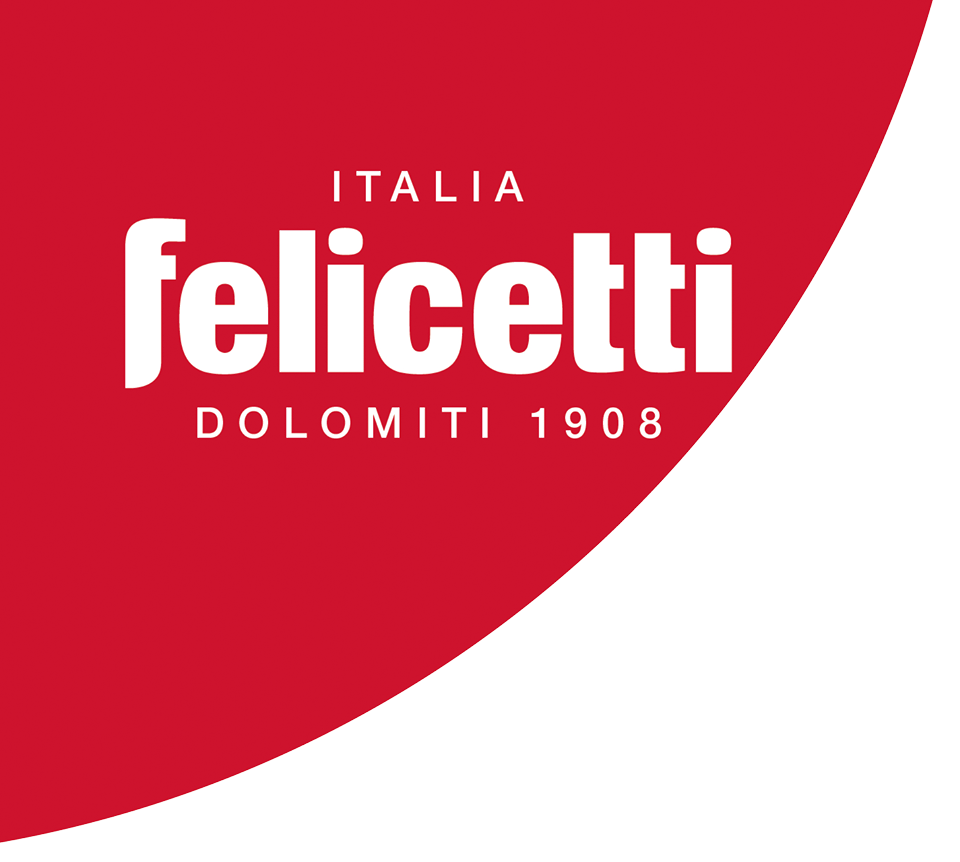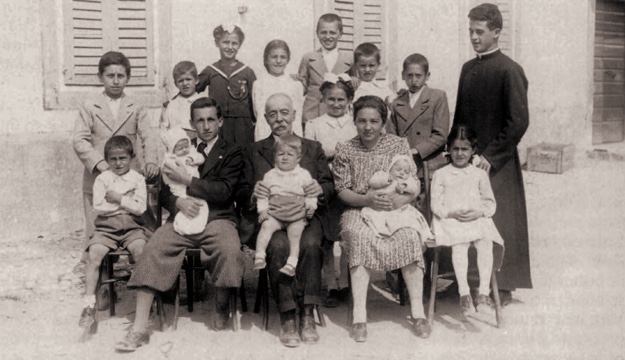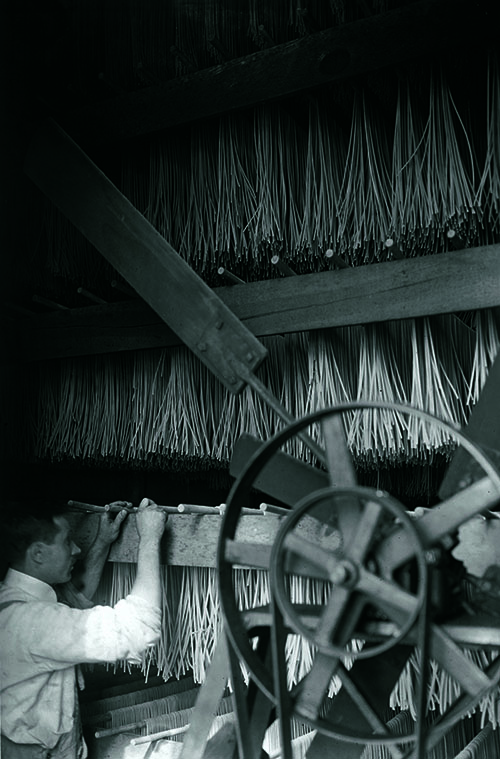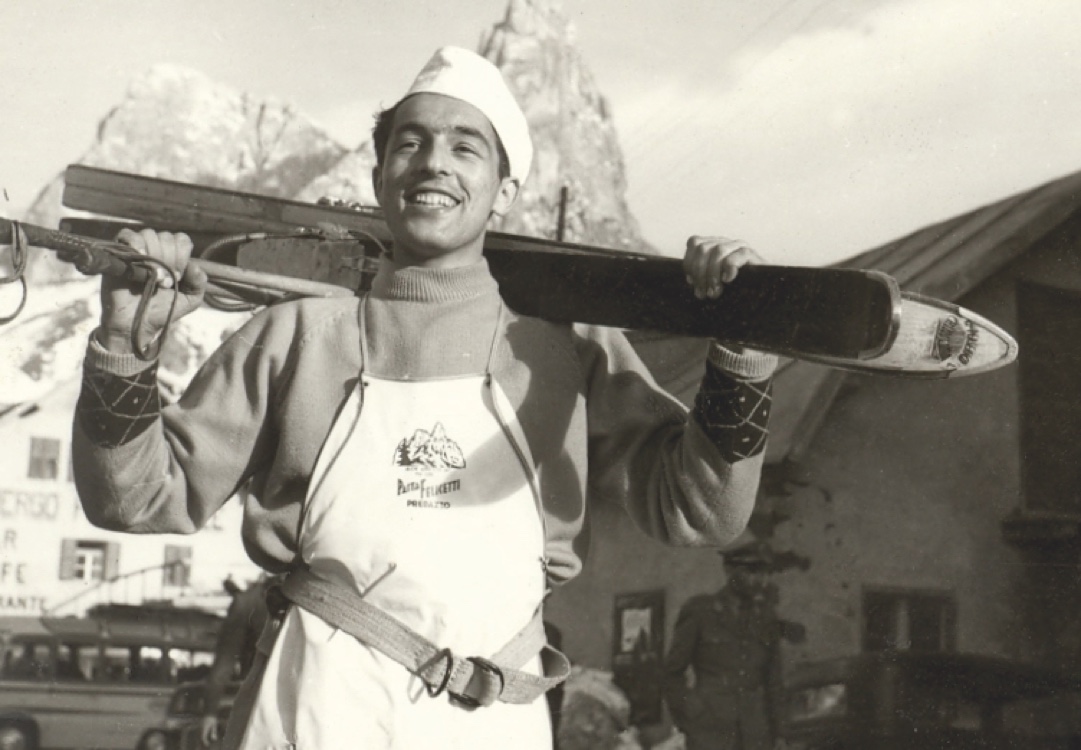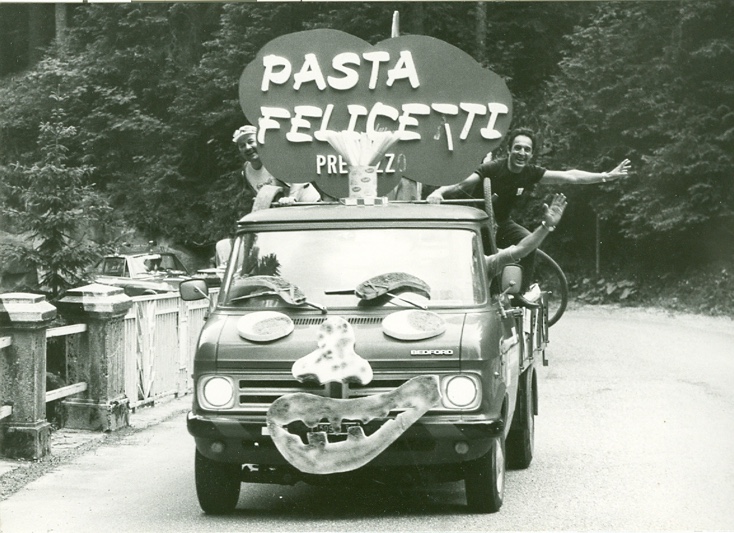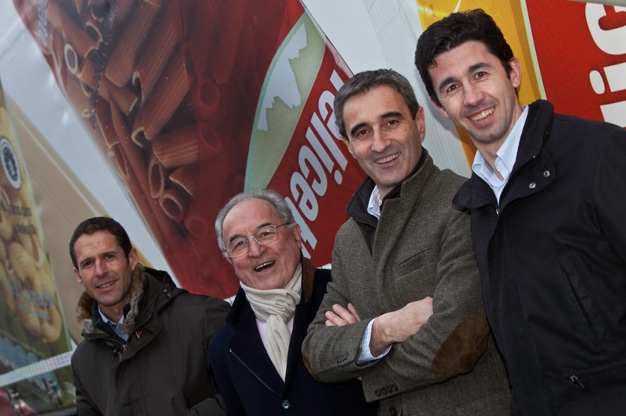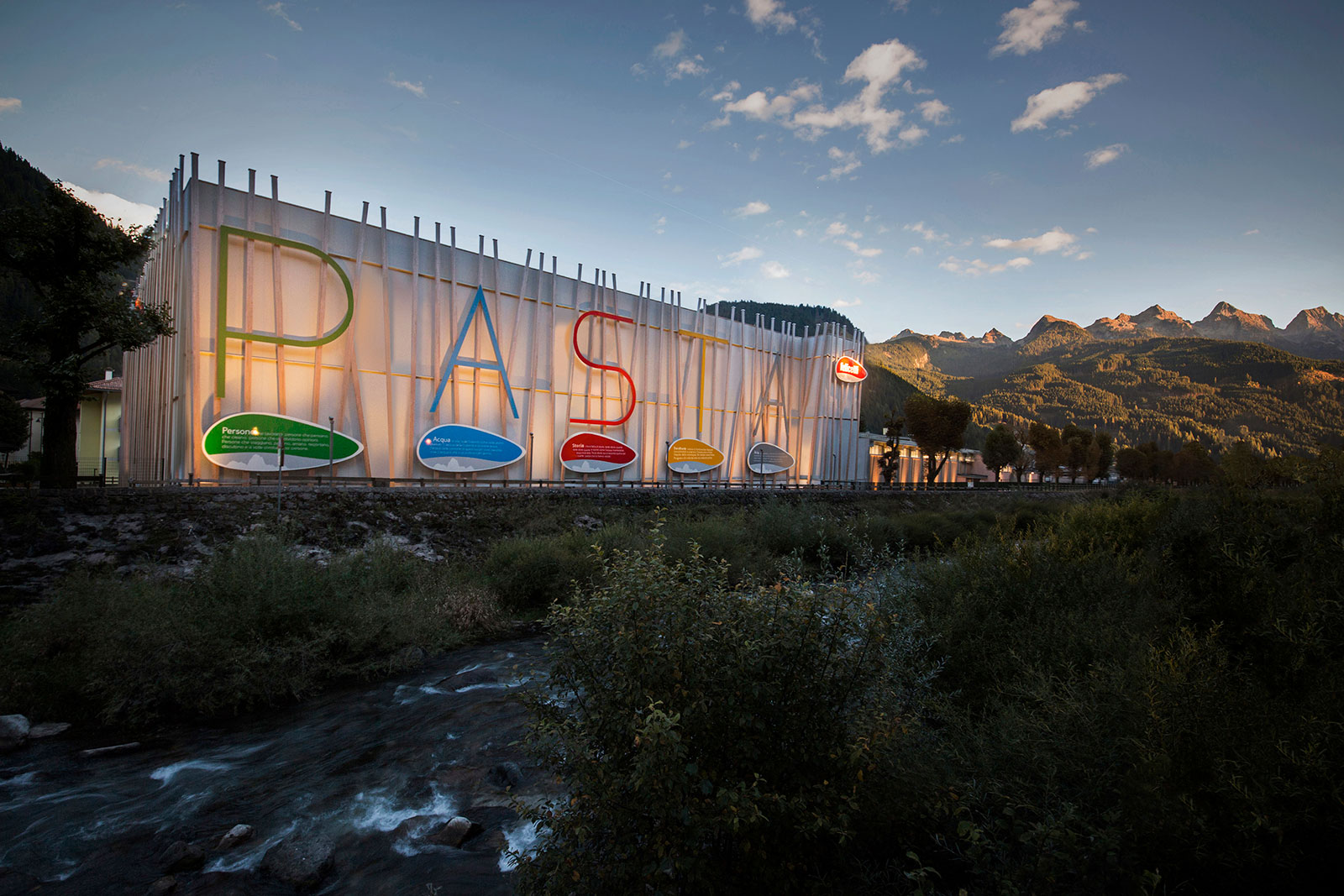Our Story Begins
1908
Predazzo, he purchased it and established Felicetti Pasta in 1908.
1920’s
1920’s
1945
1946
1945
1946
1956
The region of Trentino has now become a hotbed of pasta production, with a total of 11 factories.
1956
The region of Trentino has now become a hotbed of pasta production, with a total of 11 factories.
1970
Valentino – the son of Emilio Felicetti, born in 1935 and named in honor of his grandfather – is asked by the seven business partners of Pastificio Felicetti to take the helm of the company.
1974
Seizing an opportunity, Valentino Felicetti purchases an esteemed pasta maker from Rovereto and moves its modern machinery to Predazzo, exponentially increasing the company’s production.
1970
Valentino – the son of Emilio Felicetti, born in 1935 and named in honor of his grandfather – is asked by the seven business partners of Pastificio Felicetti to take the helm of the company.
1974
Seizing an opportunity, Valentino Felicetti purchases an esteemed pasta maker from Rovereto and moves its modern machinery to Predazzo, exponentially increasing the company’s production.
1980’s
Felicetti acquires their first magnetic tape computer, steadily followed by all the latest IT breakthroughs. Innovation becomes a driving force at Felicetti.
1980’s
1995
The next generation takes over. Three cousins, Riccardo, Paolo, and Stefano, take the reins and begin aggressive international expansion. Valentino becomes president of the company and mentors the new leaders.
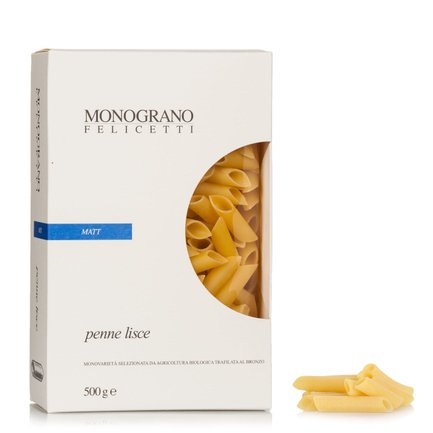
2004
Monograno represents the pinnacle of Felicetti pasta production. Made with single-source organic semolina and grown only on carefully selected pieces of land, each Monograno pasta exhibits the distinct character of its fragile ingredients. Matt wheat is produced in Puglia, and retains the warmth and exquisite characteristics of its homeland. Kamut® Khorasan, ancient and modern at the same time, comes from the Canadian province of Saskatchewan. Farro (emmer) is rustic and earthy.
1995
The next generation takes over. Three cousins, Riccardo, Paolo, and Stefano, take the reins and begin aggressive international expansion. Valentino becomes president of the company and mentors the new leaders.
2004

Monograno represents the pinnacle of Felicetti pasta production. Made with single-source organic semolina and grown only on carefully selected pieces of land, each Monograno pasta exhibits the distinct character of its fragile ingredients. Matt wheat is produced in Puglia, and retains the warmth and exquisite characteristics of its homeland. Kamut® Khorasan, ancient and modern at the same time, comes from the Canadian province of Saskatchewan. Farro (emmer) is rustic and earthy.
2016
The exterior of the plant is redesigned and rebuilt, perfectly integrated into the surrounding landscape. Primary colored letters spell out “PASTA,” with explanations for what each letter means to us.
P
P is for Persone.
Persone means people. The people of the Felicetti Family have been making pasta in this magical place since 1908. Now, being run by the fourth generation of Stefano, Riccardo, and Paolo, this team of cousins is constantly innovating and improving.
A
A is for Acqua.
Acqua means water: fresh, pure, and rich water running directly from the Dolomite Mountains since 1908. Pasta only has 3 ingredients, wheat, air and water. Not only do we use the water to make the pasta, but since the 1920s, the flowing water nearby was a main source of power for the factory.
S
S is for Storia.
Storia means history. The history of Felicetti is full of many stories, from the pasta makers who built our factory in the northernmost part of Italy, to the brilliant chefs that cook with our pasta today. Our founder Valentino Felicetti began the story, it’s up to all of us to carry on his legacy.
T
T is for Territorio.
Territorio means the area where we live and make pasta in Predazzo, Italy. Our area is distinguished by the tall and majestic Dolomite Mountains, the crystal clear water, and the fresh mountain air. Predazzo is the town where we have made pasta since 1908.
A
A is for Aria.
The pure Mountain Air of the Dolomites is the air the Felicetti family breathes. The air, which in every moment allows invention and progress invent. It is the pure air of the Dolomites that completes the vast fresco of the pasta made at Predazzo.
2016
The exterior of the plant is redesigned and rebuilt, perfectly integrated into the surrounding landscape. Primary colored letters spell out “PASTA,” with explanations for what each letter means to us.
P
P is for Persone.
Persone means people. The people of the Felicetti Family have been making pasta in this magical place since 1908. Now, being run by the fourth generation of Stefano, Riccardo, and Paolo, this team of cousins is constantly innovating and improving.
A
A is for Acqua.
Acqua means water: fresh, pure, and rich water running directly from the Dolomite Mountains since 1908. Pasta only has 3 ingredients, wheat, air and water. Not only do we use the water to make the pasta, but since the 1920s, the flowing water nearby was a main source of power for the factory.
S
S is for Storia.
Storia means history. The history of Felicetti is full of many stories, from the pasta makers who built our factory in the northernmost part of Italy, to the brilliant chefs that cook with our pasta today. Our founder Valentino Felicetti began the story, it’s up to all of us to carry on his legacy.
T
T is for Territorio.
Territorio means the area where we live and make pasta in Predazzo, Italy. Our area is distinguished by the tall and majestic Dolomite Mountains, the crystal clear water, and the fresh mountain air. Predazzo is the town where we have made pasta since 1908.
A
A is for Aria.
The pure Mountain Air of the Dolomites is the air the Felicetti family breathes. The air, which in every moment allows invention and progress invent. It is the pure air of the Dolomites that completes the vast fresco of the pasta made at Predazzo.
